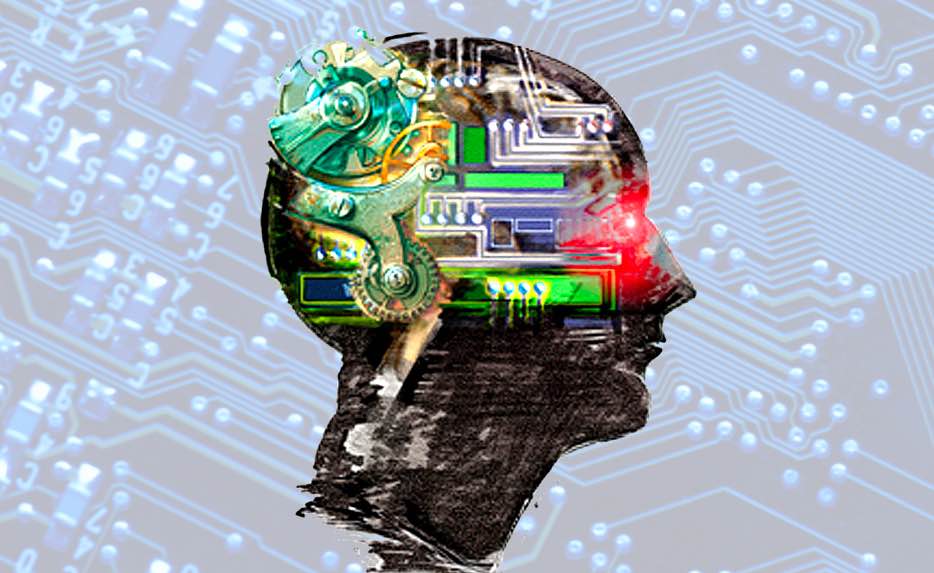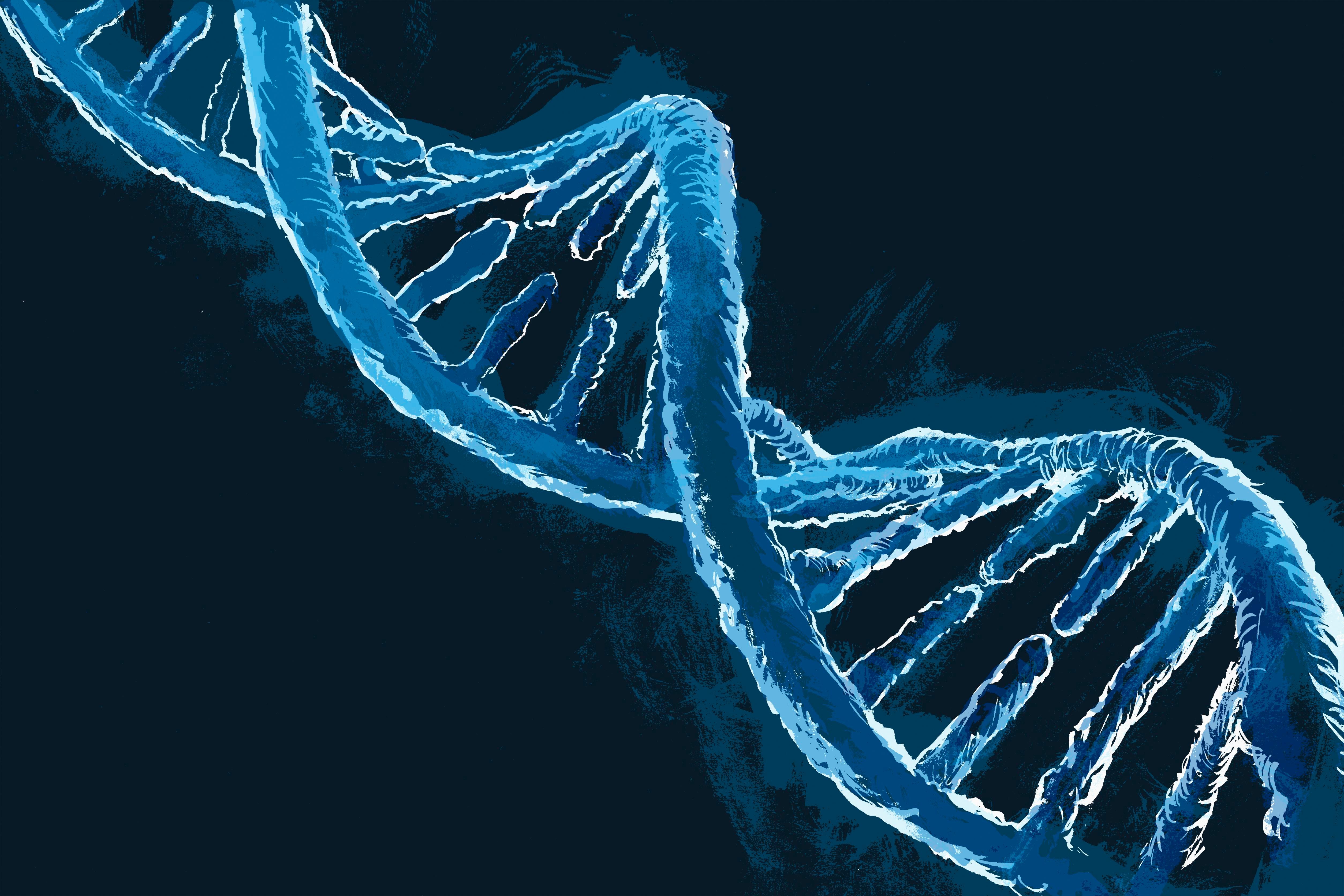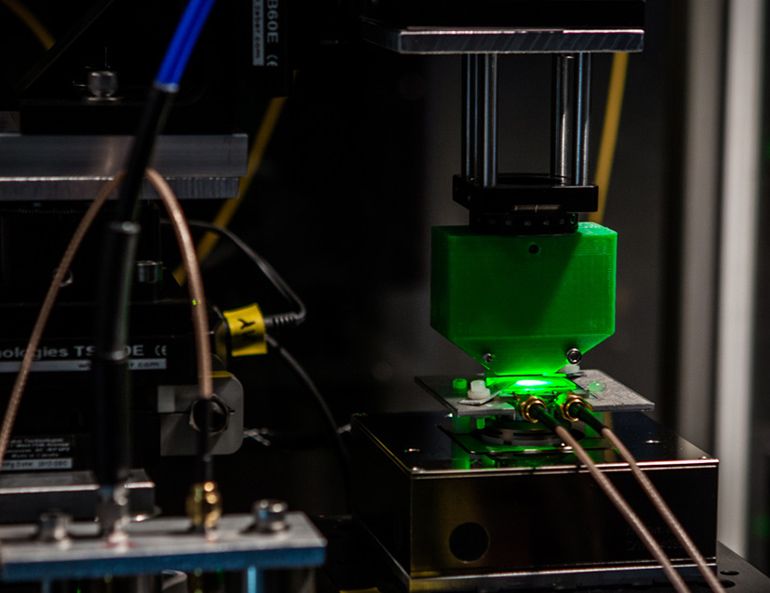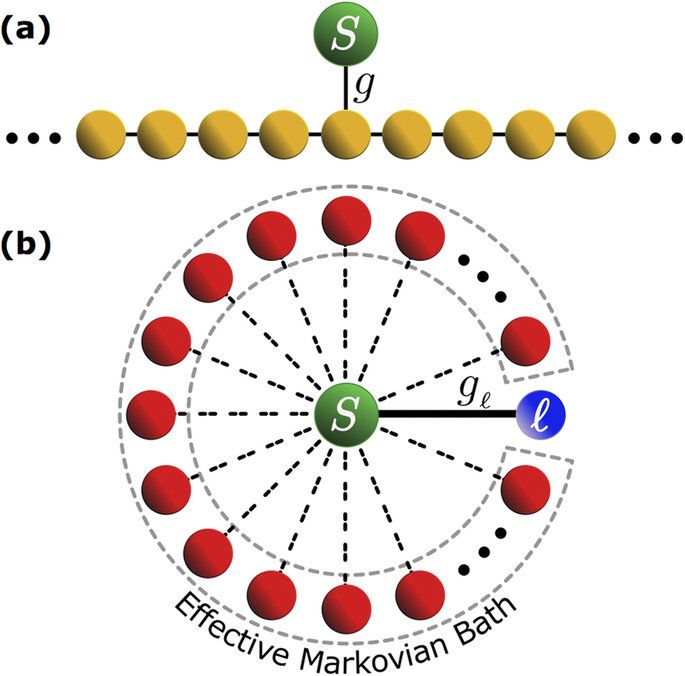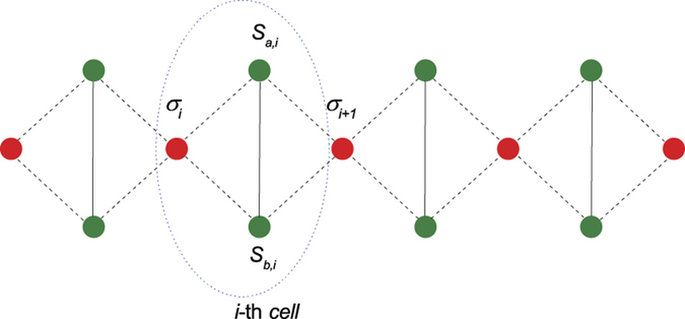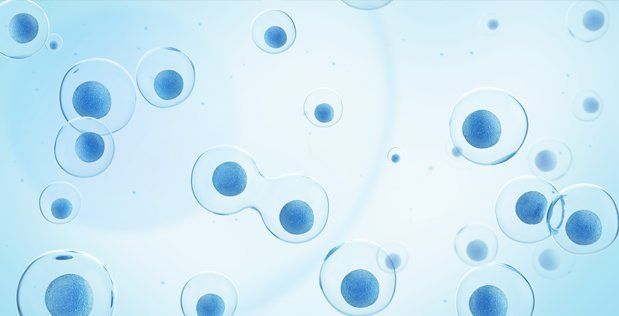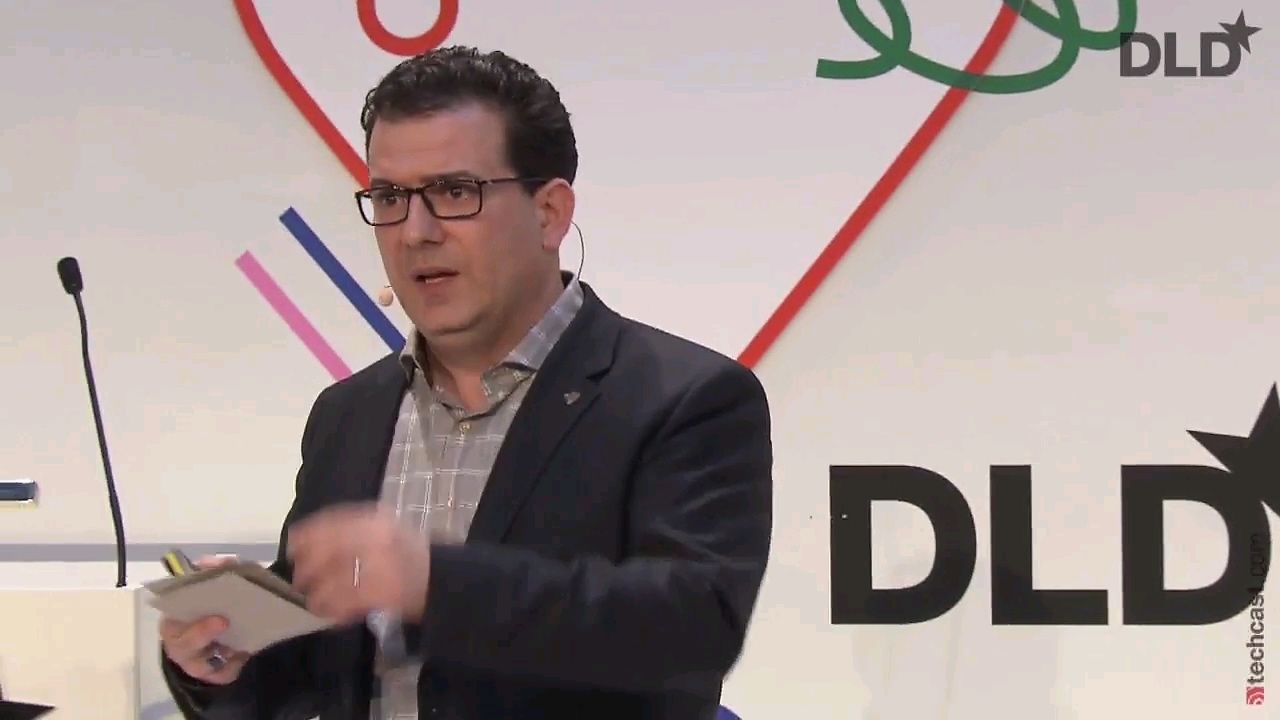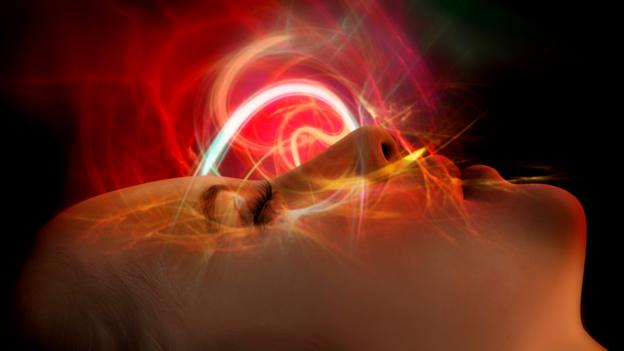Feb 21, 2017
A.I. Machines Are Learning Quantum Physics And Solving Complex Problems On Their Own
Posted by Karen Hurst in categories: particle physics, quantum physics, robotics/AI, supercomputing
In the past, traditional methods to understand the behavior of quantum interacting systems have worked well, but there are still many unsolved problems. To solve them, Giuseppe Carleo of ETH Zurich, Switzerland, used machine learning to form a variational approach to the quantum many-body problem.
Before digging deeper, let me tell you a little about the many-body problem. It deals with the difficulty of analyzing “multiple nontrivial relationships encoded in the exponential complexity of the many-body wave function.” In simpler language, it’s the study of interactions between many quantum particles.
If we take a look at our current computing power, modeling a wave function will need lot more powerful supercomputers. But, according to Carleo, the neural networks are pretty good at generalizing. Hence, they need only limited information to infer something. So, fiddling with this idea, Carleo and Matthias Troyer created a simple neural network to reconstruct such multi-body wave function.
